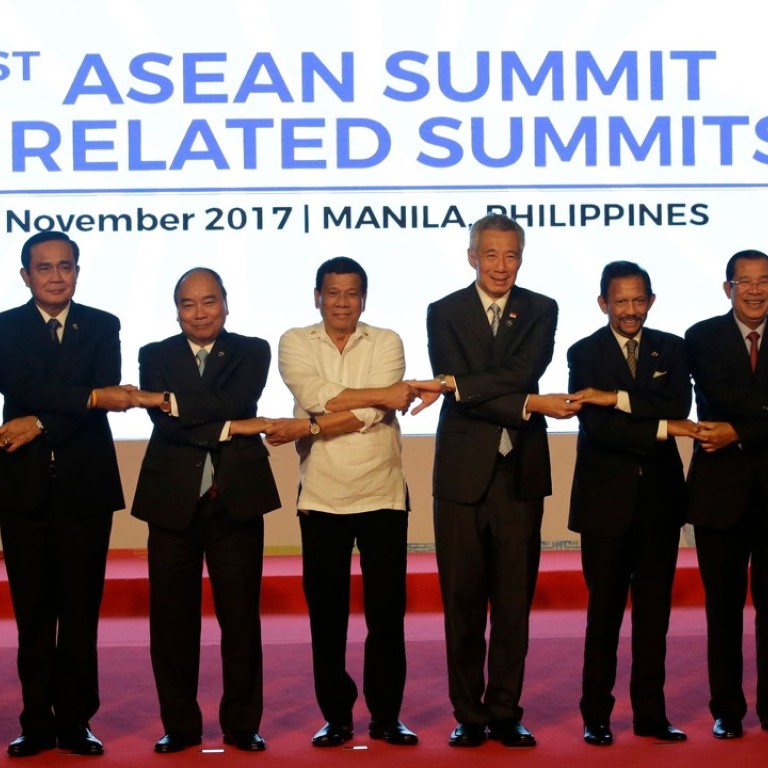
Waters calmed with need for cooperation
With the Asean summit steering clear of South China Sea disputes, neighbouring leaders agreed it was more important to work together
The annual summitry of the Association of South East Asian Nations and its partners, China most prominent among them, was marked by the usual inoffensive statements and communiques. Scant mention was made of the South China Sea, but the territorial disputes that are the biggest threat to the region’s peace and stability were not forgotten. Calm has descended over the troubled waters in recent months, but the governments involved realise the importance of pushing ahead with cooperation on other issues to build trust and understanding. The strategy will ensure stability while the delicate details of a code of conduct are worked out.
Building consensus is the Asean way and it was apparent as meetings proceeded that the focus should be on attaining what was most possible. The South China Sea is a decades-old issue and China’s rise and the waters’ rich resources have made it increasingly thorny. A code of conduct has been discussed since 2002 and only in August was a framework on how to move forward agreed; years may yet pass before negotiations are complete. Asean members Brunei, Malaysia, the Philippines and Vietnam, which have contesting claims with China, joined the 10-member grouping on Monday night in pledging to begin talks and then moved on to other pressing matters.
US President Donald Trump’s offer to Vietnam to help mediate in its dispute with China was understandably ignored. Within hours on Monday, China and Vietnam agreed during a state visit by President Xi Jinping to keep the peace in the sea. Later, at the Asean gatherings in Manila, Premier Li Keqiang said the talks on the fine print of the code of conduct would be a stabiliser for the region. The summit host, Philippine leader Rodrigo Duterte, had earlier called for the matter to be put to one side, contending that “we have to be friends” and avoid the troublemaking of “hotheads”.
Consensus reached, Asean, China and their regional partners moved on to other matters of cooperation. Among agreements were pledges on economic integration, protection of the marine environment, free trade, security and fighting corruption and cybercrime. There was good reason not to get bogged down; Asia is the global driver of economic growth and stability is the best way to ensure continued robust performance. Trade, openness and regional economic integration provide a valuable buffer against the rising protectionism and anti-global sentiment sweeping the world.
Provocations such as the sailing by US warships through contested territory are unhelpful. Tensions have been eased and circumstances will improve while China and other claimants continue to work together for a solution.

